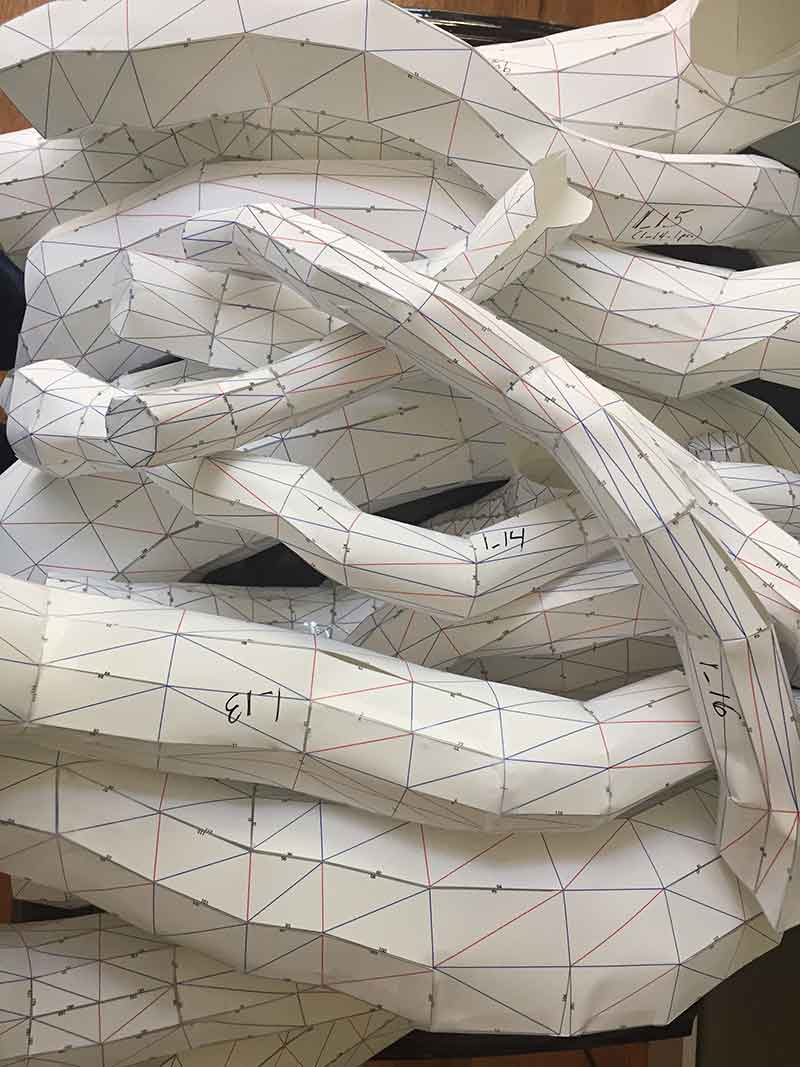Paper owl looking onto its electronic eye circuit, 2018
Transitions. Sometimes it feels like the holes that we have are equally -if not more- beautiful than what promises to fill them. Here, a paper owl contemplates the circuit that I designed to fit into its eyes. The addition of electronics to a static object adds more than functionality and aesthetics - it changes the identity of the object. Non-electronic things live in a physical world with thousands of years of creative history, while electronic things are very new. What was once an owl then become a robot - perhaps more robot than owl in our estimation. Does the owl stand to lose more than it gains?
















